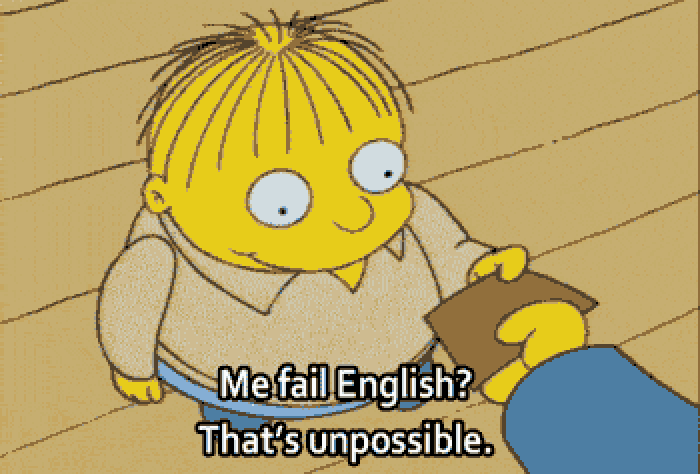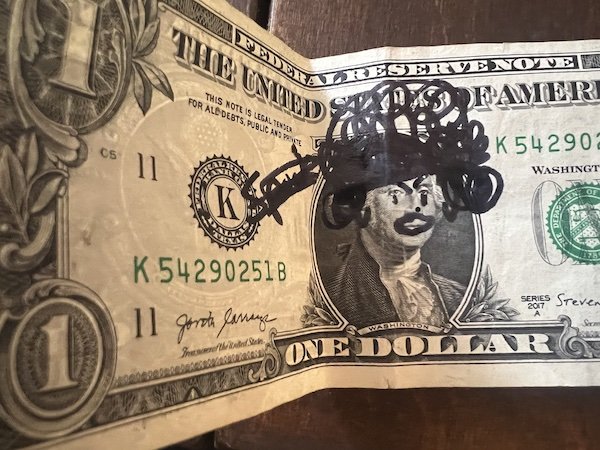My Application for the Psychic Entertainers Association
/I received this email recently from Joe Diamond…
I loved your recent essays on the Haunted Key. I agree, it needs to be a spooky moment BEFORE moving on to something else.
That’s how I felt when I created this routine:
It’s also why I felt it was fair game to teach online. The key is in Martin Gardner’s Encyclopedia of Impromptu Magic, and OTL is so old it goes back to slate writing in seances.
Well, within 3 days of being accepted into the “Psychic Entertainers Association” I was kicked out for making that video BEFORE I became a member… (they eventually let me back in and I eventually quit due to similar ridiculousness)
What was more baffling to me is how many of these crusty old men actually thought that some people in their audience would/could believe the Haunted Key is genuine PROOF of spirit contact, and my video could make their audiences hip to their con.
I’ll admit that I do feel like I get stronger reactions than the effect should normally get, but I also know I have a better handling of the effect than 99% of other magicians.
Especially with the drawing changing, it’s two things that add up something greater than the sum of its parts. And it’s been a worker for me, I’ve even done it over radio, and it sold over $2K worth of tickets from that single appearance (details in my Penguin Lecture).
But I’m STILL not going to be like these PEA weirdos who think that my audiences see it as anything OTHER than a spooky visual, as you said. I see it as a pendulum. Yes, it’s AMAZING when it moves in other people’s hands, but everyone has a feeling of what’s happening.
So yeah, it just went to show me how much I did NOT want to be in PEA…
—Joe
I do think that’s a better version of the Haunted Key. Having them hold the hand is a nice touch. I don’t think it eliminates the obvious solution, but it gives them a little more to consider at least. And Joe does a better job than most of making it look like the key is moving against gravity.
I’m not surprised the Haunted Key works well over the radio. In fact, the less you actually see the effect, the more impressive it sounds. Hearing, “The key moved in his hand without him touching it!” is much more impressive in the imagination than in reality. Just like hearing, “There’s a woman with really large breasts in the radio studio,” might conjure up images of this
Rather than this…
Now, I suppose if the P.E.A. has a rule of “no exposure,” that you can’t complain if they get upset with a youtube video that teaches a trick. No matter how non-secret the secrets may be.
But actually, Joe’s letter reminded me of a successful prediction I’ve made and I’d like to use this post as my application for the Psychic Entertainers Association.
Remember when people used to be worried about the youtube channel Scam School? A guy teaching simple magic tricks over the course of 15-20 minutes. First he would show a live performance in front of real people and then he would break it down and teach it. Exposure!
Oooh, don’t we all just long for the days of that type of exposure? Sure, you can debate that some secrets might have been “too good” or “too advanced” or “too not-public-domain (which is valid)” to share with the masses. But at least there was some effort and thought put into teaching the content. And someone watching would have to invest some time to absorb the secret. Brian Brushwood wasn’t literally just showing a trick and then showing the workings, as you often have people doing today.
And that is where my application for the PEA comes in. Over five years ago, I wrote that soon a day would come when using the idea of using magic to create a sense of wonder and mystery would be gone: “Or at the very most it will be this very brief moment that happens before the secret is immediately revealed. Magic tricks will be almost like the set-ups to jokes. And learning the secret will be the punchline.”
At the time I wrote that, I received a bit of feedback saying that was nonsense. Saying that people got into magic to make it look like they could do something others could not. And that by immediately exposing the trick, they would be undercutting that notion.
But here we are, just a few years later, and there are numerous magicians on tik-tok and instagram and in other places who literally just perform a trick and then show the workings.
Thus, I have made a genuine psychic prediction and should be made a member in good standing of the Psychic Entertainers Association.(And my dues should be waived.)


















